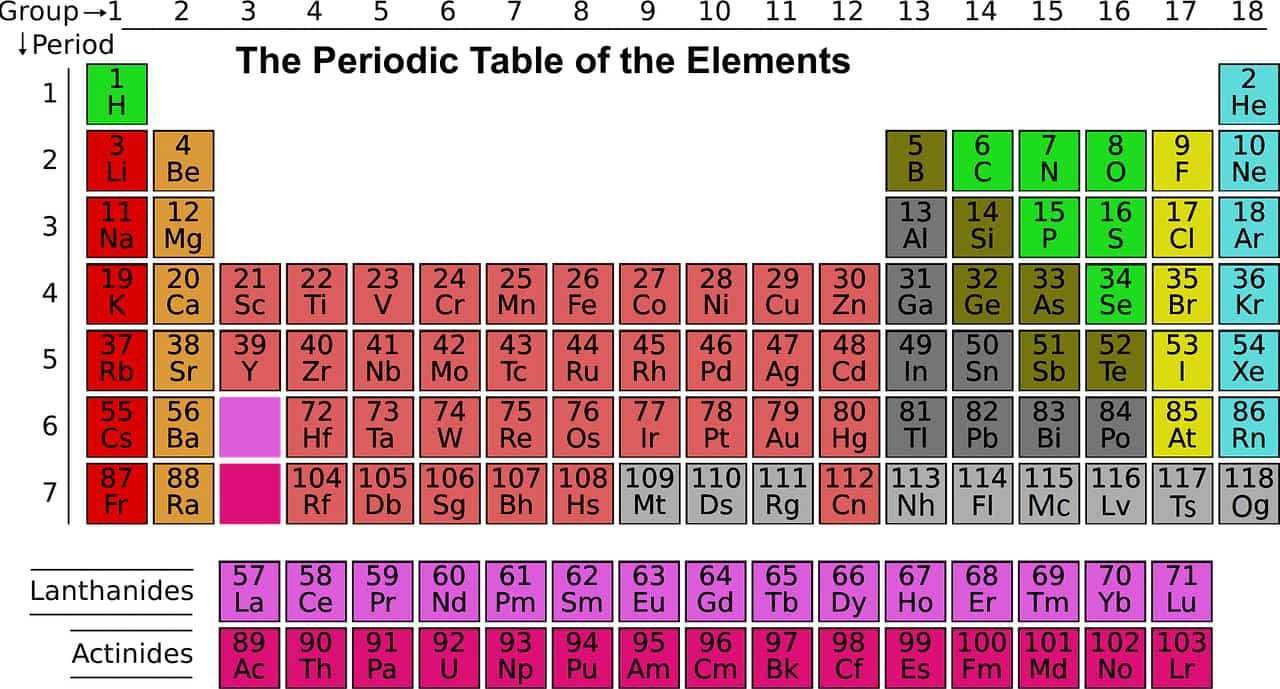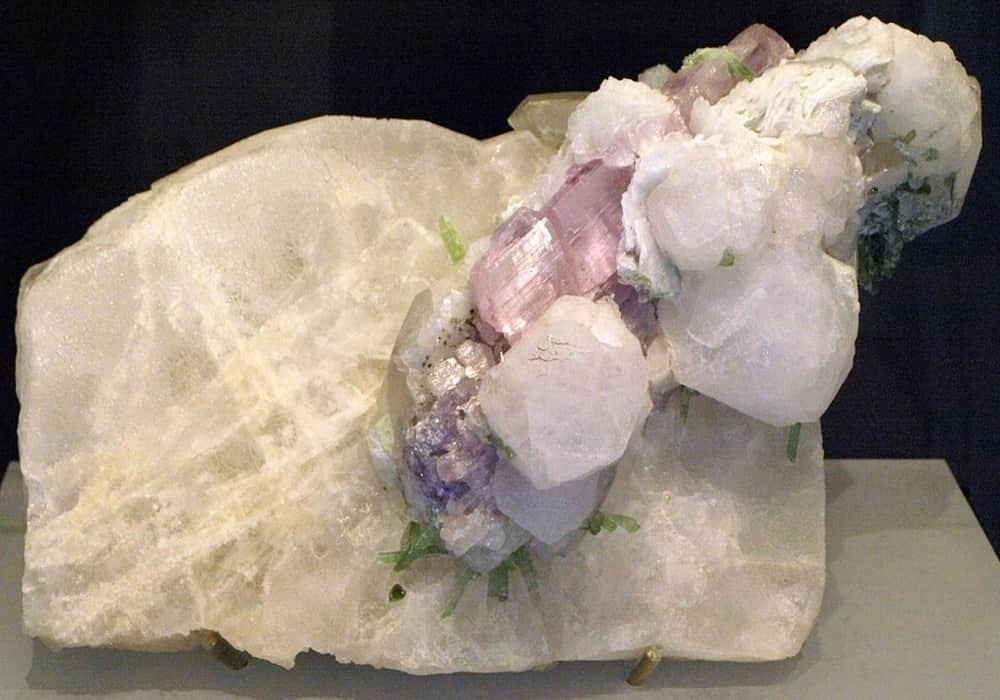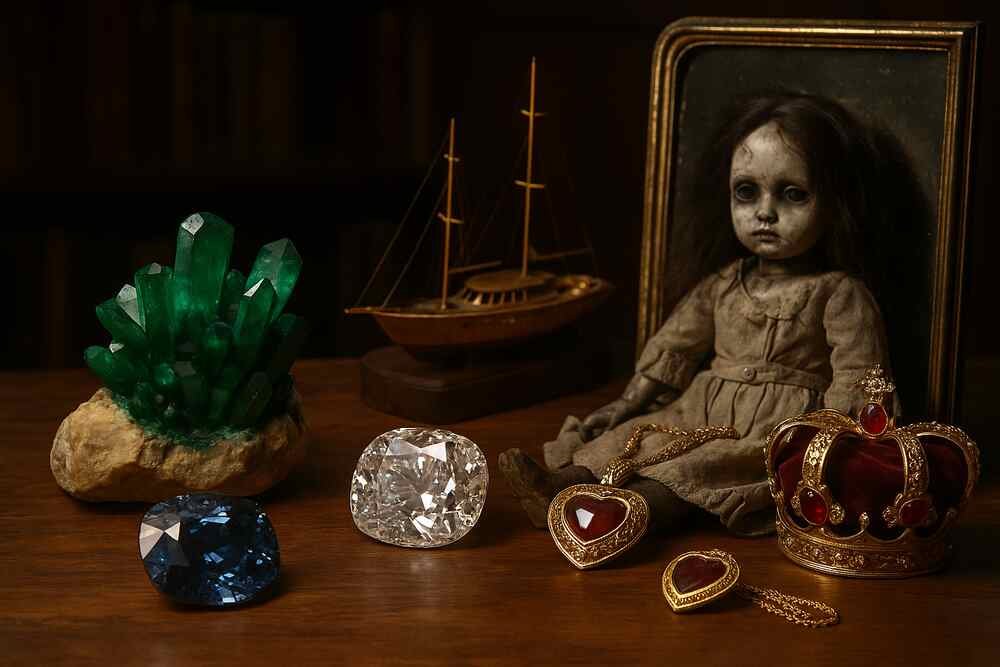Caesium is the chemical element with atomic number 55, symbol Cs
Under standard conditions, the single caesium or cesium body is a soft, ductile metal, white or silver to gold. Its melting point 28.5 °C (83.3 °F) is close to ambient and human body temperatur, at which it can remain in a liquid state by supercooling; cesium shares this property with gallium and rubidium, mercury being the only pure metal that is liquid and evaporates at room temperature.
This chemical element is a soft, golden-white alkali metal, which is one of the five metallic elements that is liquid at or around room temperature. The most famous use of this chemical element is in atomic clocks.
Cesium is the most alkaline of the alkali metals (strongest base known; enough to attack glass). Its chemical properties are close to those of rubidium and potassium, which belong to the same family. It reacts violently with water and air (explosive reaction). It is extremely reactive and pyrophoric, and reacts with water even at temperatures as low as −116° C.
It is extracted from pollucite (aluminosilicate Cs4Al4Si9O26·H2O) but it is also present in trace amounts in lepidolite.
The use of caesium
In medicine, as a source of radioactive radiation to treat cervical cancer and bladder cancer.
Cesium chloride is now used as a remedy in alternative medicine. This use follows the theory linking the progression of cancerous metastases to intracellular pH. Thus, this alkaline element enters the cancer cell through Na + K + ATPase and blocks the glucose trying to enter through the plasma membrane. The daily dose is 0.5 to 3 grams of cesium chloride in solution to create the saturation effect lethal to fermenting cancer cells.
Cesium chloride is now used as a remedy in alternative medicine. This use follows the theory linking the progression of cancerous metastases to intracellular pH. Thus, this alkaline element enters the cancer cell through Na + K + ATPase and blocks the glucose trying to enter through the plasma membrane. The daily dose is 0.5 to 3 grams of cesium chloride in solution to create the saturation effect lethal to fermenting cancer cells.
In atomic clocks, the use of cesium-133 achieves an accuracy of one second for 1.6 million years. This element is also used in centrifugation and in photomultipliers. Cesium formate is used in drilling to form a denser mud which promotes the rise of crushed rock. Cesium 137 is an indicator of the fallout from nuclear tests and accidents.
Photomultipliers (device that converts photons into electrons, then multiplies them so as to obtain a signal in the form of a current): these vacuum tubes use the emission by a photocathode, then the multiplication of electrons by a succession of electrodes (dynodes) – up to 12 or 14. The photocathode frequently includes cesium compounds, especially in the infrared. Compared to solid-state detectors, the photomultiplier is much more bulky and delicate to use.
Caesium 137 toxicity and effect on health
Produced artificially by nuclear activities, cesium 137 has an impact on health. It is radiotoxic to the liver and kidneys and also appears to increase the occurrence of cardiovascular disease. Cesium 137 may interfere with skeletal development upon in utero exposure in rats. Vitamin D metabolism is also affected under these conditions.
A distinction is generally made between external exposure and internal exposure to cesium 137. Skin contaminations are difficult to eliminate (the period in the skin being about four days) and a high local dose of cesium 137 causes a skin burn. which should be treated as a classic burn.
Why is Caesium 137 so dangerous? Cesium-137 is an especially dangerous fission product because of its high yield during fission, moderate half-life, high-energy decay pathway, and chemical reactivity. Because of these properties, cesium-137 is a major contributor to the total radiation released during nuclear accidents.
Internal exposure is much more dangerous. Indeed, if it is inhaled or ingested, cesium-137 is assimilated like its counterpart and natural competitor, potassium, throughout the body by concentrating preferentially in the muscles (with a greater load in the child than in adults). Its biological half-life (that is, the time after which half of the cesium-37 that has entered the body is released to the outside in the urine, stools and sweat) is approximately 100 days.
The ingestion of large doses of cesium 137 has devastating effects: bone marrow failure, impairment of the immune system and reproductive function, kidney diseases, etc. In addition, at lower doses and in the longer term, cesium 137 causes an increase. thyroid cancer, congenital and fetal malformations, as well as neurological disorders.
In terms of the therapeutic management of patients contaminated with cesium 137, Prussian blue (iron ferrocyanide) is the only effective treatment for evacuating cesium 137 after ingestion.
Caesium in the periodic table
| Atomic number (Z) | 55 |
|---|---|
| Group | group 1: H and alkali metals |
| Period | period 6 |
| Block | s-block |
| Electron configuration | [Xe] 6s1 |
| Electrons per shell | 2, 8, 18, 18, 8, 1 |
Physical properties
| Physical properties | |
|---|---|
| Phase at STP | solid |
| Melting point | 301.7 K (28.5 °C, 83.3 °F) |
| Boiling point | 944 K (671 °C, 1240 °F) |
| Density (near r.t.) | 1.93 g/cm3 |
| when liquid (at m.p.) | 1.843 g/cm3 |
| Critical point | 1938 K, 9.4 MPa[2] |
| Heat of fusion | 2.09 kJ/mol |
| Heat of vaporization | 63.9 kJ/mol |
| Molar heat capacity | 32.210 J/(mol·K) |
Vapour pressure
| P (Pa) | 1 | 10 | 100 | 1 k | 10 k | 100 k |
|---|---|---|---|---|---|---|
| at T (K) | 418 | 469 | 534 | 623 | 750 | 940 |
Other properties
| Other properties | |
|---|---|
| Natural occurrence | primordial |
| Crystal structure | body-centred cubic (bcc) |
| Thermal expansion | 97 µm/(m·K) (at 25 °C) |
| Thermal conductivity | 35.9 W/(m·K) |
| Electrical resistivity | 205 nΩ·m (at 20 °C) |
| Magnetic ordering | paramagnetic[4] |
| Young’s modulus | 1.7 GPa |
| Bulk modulus | 1.6 GPa |
| Mohs hardness | 0.2 |
| Brinell hardness | 0.14 MPa |
| CAS Number | 7440-46-2 |
History
| History | |
|---|---|
| Naming | from Latin caesius, sky blue, for its spectral colours |
| Discovery | Robert Bunsen and Gustav Kirchhoff (1860) |
| First isolation | Carl Setterberg (1882) |
Main isotopes of caesium
| Main isotopes of caesium | ||||||||||||||||||||||||||||
|---|---|---|---|---|---|---|---|---|---|---|---|---|---|---|---|---|---|---|---|---|---|---|---|---|---|---|---|---|
| ||||||||||||||||||||||||||||
Periodic Table of Elements | Complete List of Chemical Elements by Group, Name, Symbol, Color and Type

Sources: Royal Society of Chemistry, Web MD, Live Science
Photo credit: Wikimedia Commons
Photo explanations: Pollucite, a caesium mineral. An example of the mineral Pollucite on display in the Vale Inco Limited Gallery of Minerals at the Royal Ontario Museum.



